The primary topic was the US’s stance on our stated isolationist policy in the months before World War II. Yet the war had not yet been declared, and rationing was not even thought of. Large portions of M-25 were now paved, and this Michigan Scenic Highway was viewed as a tourist destination.
Here is an interesting piece from the Huron Times in April 1940 highlighting the travel opportunities in the Thumb. Except for some spelling corrections, the article is how it appeared in the Harbor Beach Times. We have highlighted the article with links to other stories on Thumbwind.
Michigan’s 90 Miles of Scenic Highway
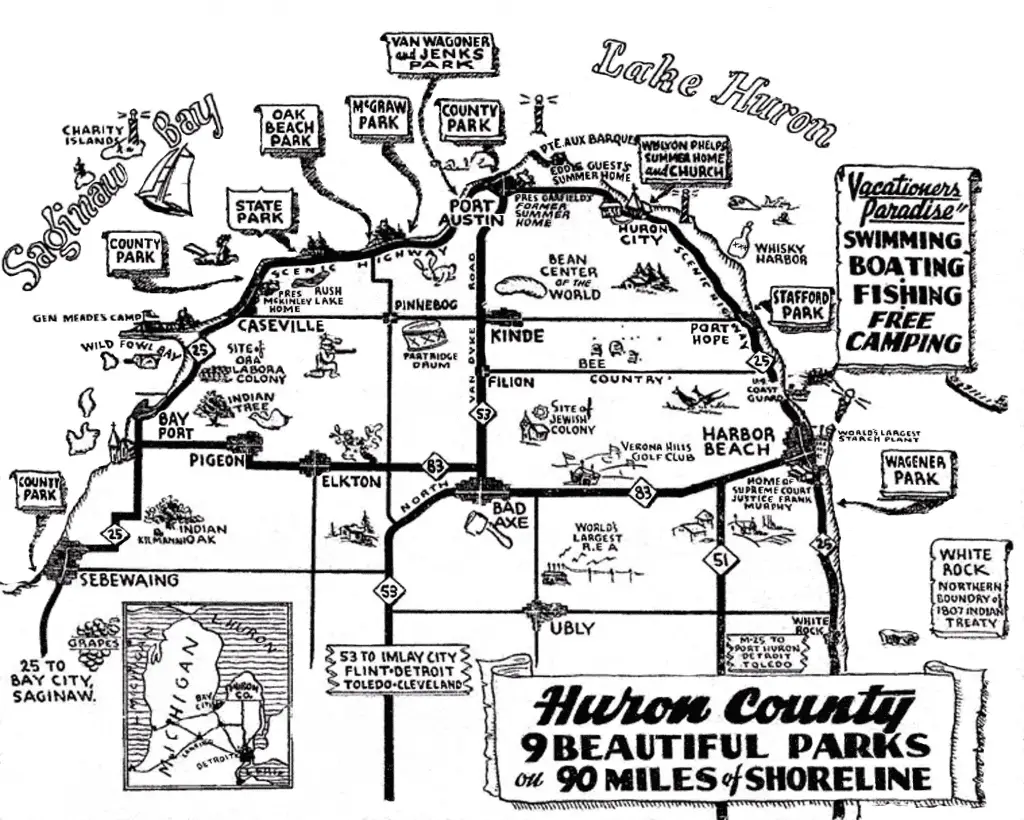
Climb aboard, everybody for a sightseeing jaunt on the 90-mile Scenic Highway of Huron County, Michigan. We’ll start at White Rock on the lower right of the map on U. S. 25. White Rock was an Indian altar or shrine. All land north of it was allotted to the Indians for hunting grounds in a treaty made in Detroit in 1807. The land south of this early-day boundary line becomes the property of the ‘White People.’
Next, is Wagener Park, named to honor P. O. Wagener, pioneer physician of Harbor Beach. It contains the most beautiful stand of cedars in the Thumb district. That bathing beach flashes invitingly.
Harbor Beach – Starch and Bootlegging
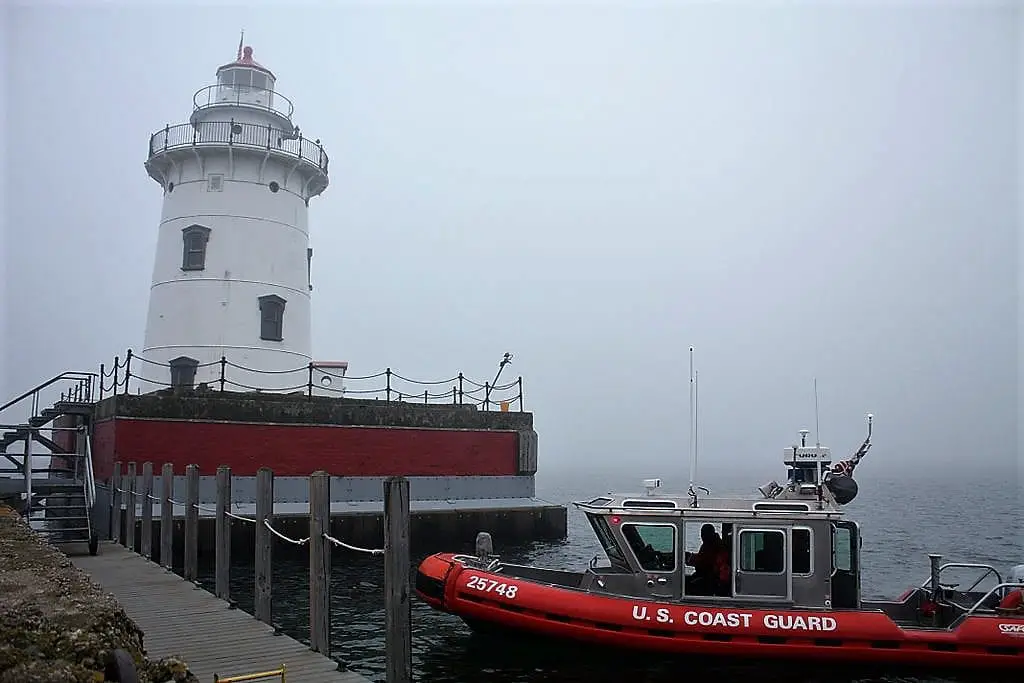
Step on the gas. We’re now in Harbor Beach, home of Supreme Court Justice Frank Murphy. That industry, on the short front, is owned by the Jenks family and is the largest specialty starch plant in the world.
Those lake breezes’ the ships on the distant horizon. This is the life. We follow the shoreline to the thriving and beautiful village of Port Hope. We’ll relax a few minutes in the W. R. Stafford Park, named to honor the founder of the village.
Whiskey Harbor — in the early days, to escape duty, whiskey was smuggled here from Canada. Several kegs are said to be buried in the harbor. Keep your seats at Huron City, the summer home of Prof. Wm. Lyon Phelps is Lighthouse Park, a Federal gift to Huron County. There goes a deer. This park is a refuge for these beautiful creatures.
Gateway to the Upper Thumb: Grindstone City
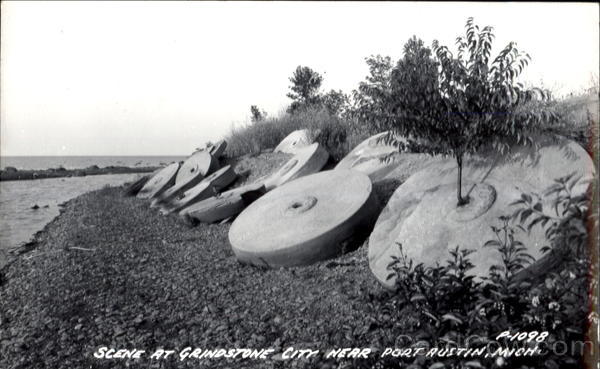
We pass Grindstone City, the scene of the first industry of the county, and the beautiful summer resort Pointe Aux Barques, Thumb Nail of Michigan.
Along the rugged shoreline, we see. Turnip Rock, Kimball Point, Twin Rocks, Broken Rocks, Sandstone caves, and the site of an Indian pottery factory and village. “Poems from the hand of God” the natural scenery of Huron County is of the finest in the world.
Kimball Rock has an interesting Indian legend connected with it. Click’s Click’ — Hope those snapshots turn out okeh.
After getting an eye full of those, bathing beauties, look at those long strings of bass brought in by the lucky fishermen or women. Perch and Wall-eyed pike are also plentiful in Huron County.
All aboard, we’re on our way through country made famous by David Orr’s novel; “White Gold.”
Those two parks, with a fine bathing beach, are the Murray Van Wagoner and W, L. Jenks and the A.C. McGraw parks.
The Ghost Town of Port Crescent
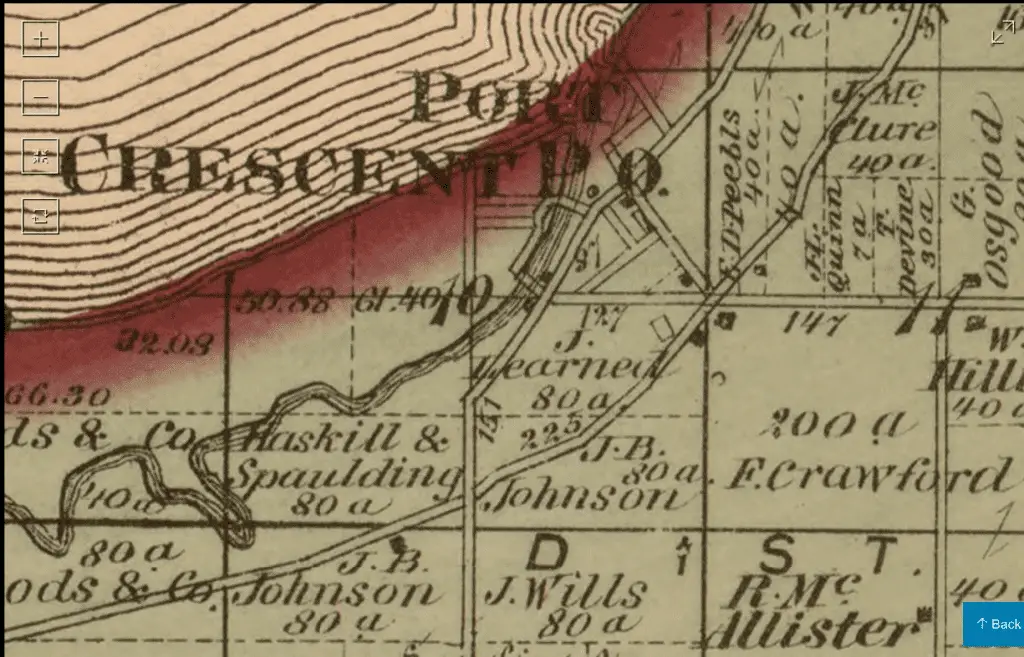
That 125. Ft. chimney stands as a lone sentinel guarding the ghost village of Port Crescent, a thriving port that vanished in 1884, with the lumber industry.
With 500 acres of parks, “in a natural paradise,” Huron County is the playground and recreational center of Michigan. We spin on, past the pot of gold buried somewhere on Loosemoore’s Point, to Oak Beach Park and summer resort colony.
Did you notice that everywhere along Scenic Highway 25 are found good hotels, restaurants, cottages, cabins, free camping grounds, and every accommodation for the tourist.
We roll over the smooth pavement to the State Park. Those sand dunes overlooking the sparkling waters of Lake Huron are a favorite haunt of the American eagle. Every tree native to Michigan is found in this beautiful playground, planned for by V. V. Philp, the former FERA administrator.
Related - Port Crescent State Park - Camping out in a lumber Era ghost town.
Caseville The Campground and Playground of the Thumb
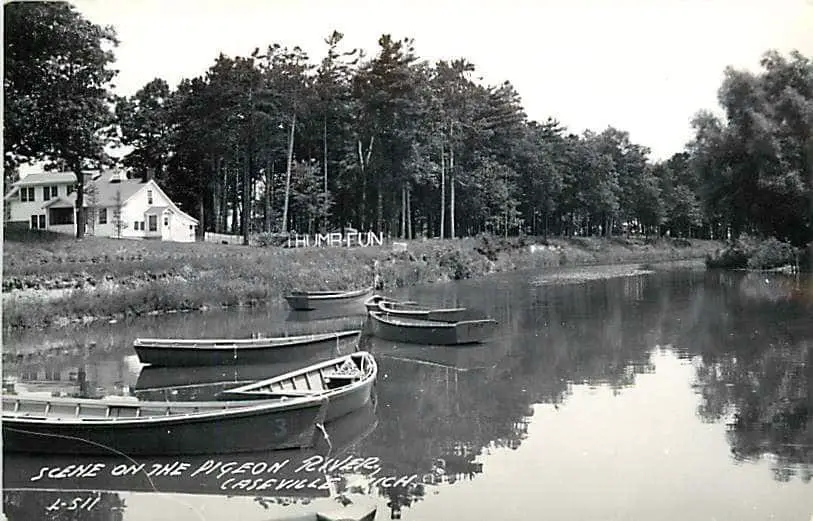
More than 120,000 persons in 1939 signed this register in the county park at Caseville, where we have just written our names. This is the largest of the Huron county park units. The Pres. McKinley family lived in Caseville for four years.
General George M. Meade placed that, U.S. survey, the marker near the tip of Sand Point. Thus, the “Hero of Gettysburg” was called to the colors from here.
The Ora Labora Colony Ruins and Bay Port Off Michigan M-25
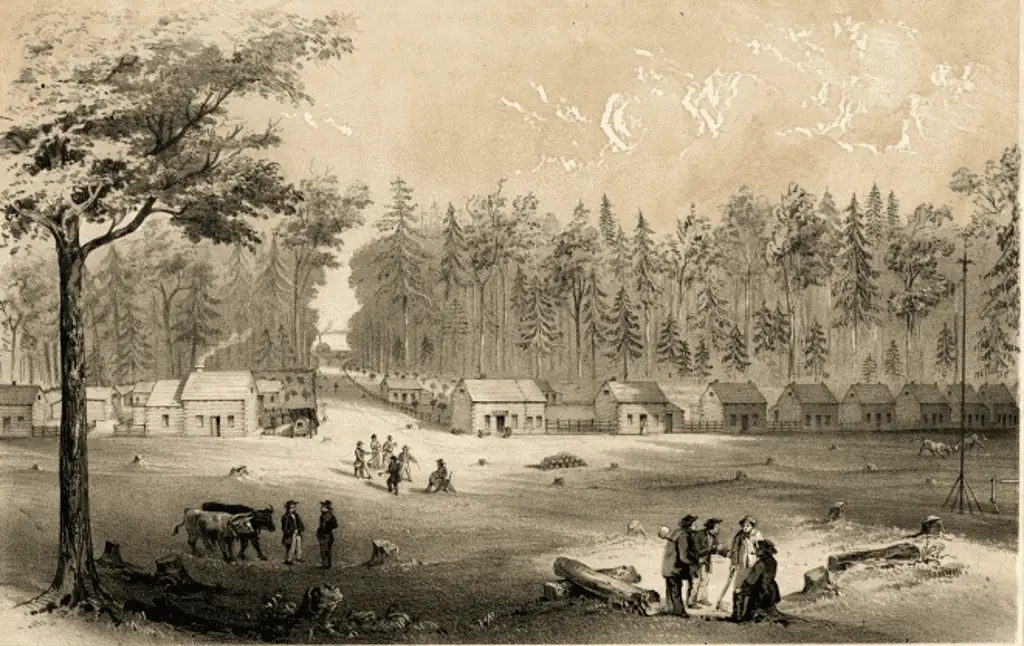
Those ruins of log buildings mark the site of the Ora Labora colony, a religious-socialist experiment of the Civil War days. The marshes of Wild Fowl Bay are the best duck hunting grounds in Michigan.
We pass the Wallace Stone Quarry and Bay Port with its summer colony and “sportsman’s paradise.”
We see from the highway an Indian Tree, famous in Indian legend. A white man, “who discovered the secret lead mines of the Indians,” was said to have been tied to this tree and burned to death.
That landmark at the mouth of the Shebeyon, “Where the lead ore is hidden,” creek was the first church of Huron county. It was built by Rev. J. Auch, a Lutheran missionary, in 1850.
Sebewaing; An Ancient Indian Village On Michigan M-25
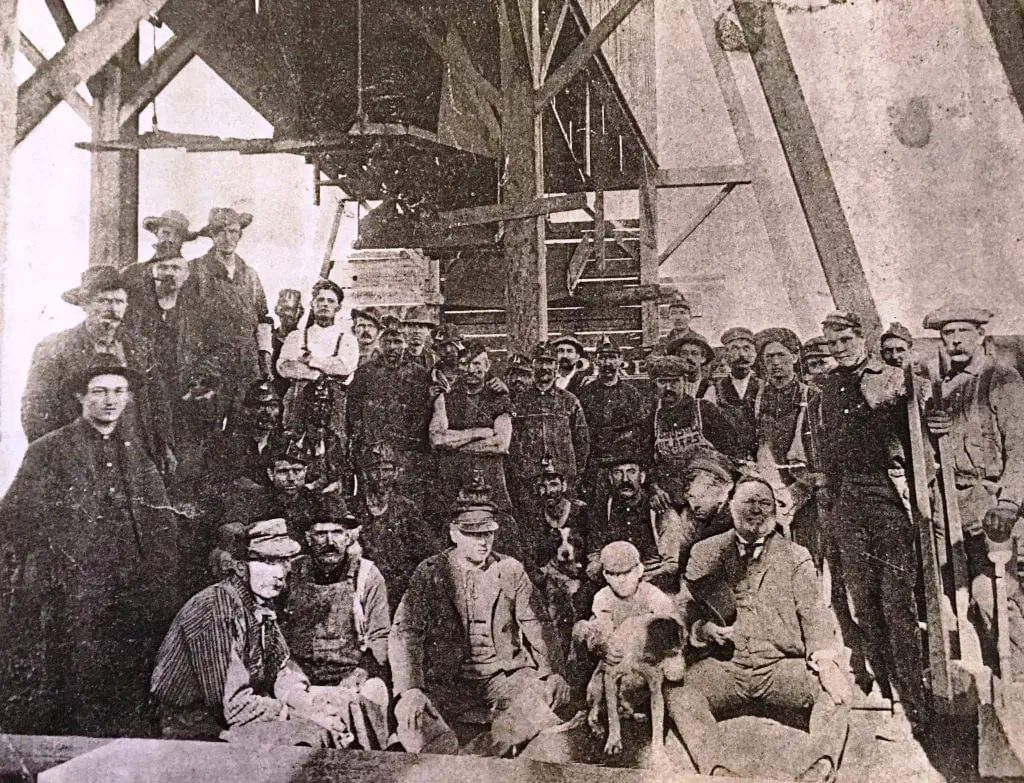
Now we enter the thriving village of Sebewaing. The name is Chippewa and translates “near the winding creek,” An ancient battle was fought here between two large Indian tribes. ‘Skeletons of warriors were unearthed on the main street in recent years. Sebewaing has a fine park and many Industries, including a large sugar factory.
One more park, near the Tuscola county line. Want to see a little of the beautiful farming country of Huron County?’ Okeh !’ We turn east at Sebewaing, motor through Owendale, north to Pigeon, and east to Elkton and Bad Axe, the county seat of Huron County. At Ubly, we find the largest REA plant in the world.
The Bean Capital of the World Near Michigan M-25

Yes! Kinde is the bean center of the world for pea beans. You’re right! Huron County is a garden spot. Almost everything we eat is grown on the half-million acres of its fertile land. The county also leads in dairy products, thoroughbred horses, and purebred cattle. The population! About 32,000. Now introduced to this county of Huron, come enjoy, in full with us, “the most pleasant spot in the world.”
From the Harbor Beach Times April 16, 1940
Fun Michigan Road Trip Resources
Related Reading on Michigan M-25
Haunted and Spooky Sites in Michigan’s Thumb – The Upper Thumb is full of abandoned places in Michigan and has long been acknowledged as an active paranormal country. It has been the subject of books, film, and television.
Grindstone City- White Church Gallery – When it opened in 2015, the White Church Gallery was the sole art gallery in the Thumb. The uniqueness of the restored church and the remoteness of location makes it a fantastic place.
Caseville Camping 1919 – Caseville County Park was and is a premier beachfront park in Michigan’s Thumb. The park first opened in 1919 and has been a Caseville campground and beach destination for Southeast Michigan. The park is located on the site of a former sawmill and salt production operation.
The Mystery of the Holes at Rush Lake – One area that fascinated us was a deep pool of water cut out of the sandstone at the end of Quarry Road. It was more significant than the size of two Olympic swimming pools. We threw rocks into it and tried to figure out how deep the water was. Unfortunately, we typically got chased out by some irritated neighbor or got bored and went to explore something else.

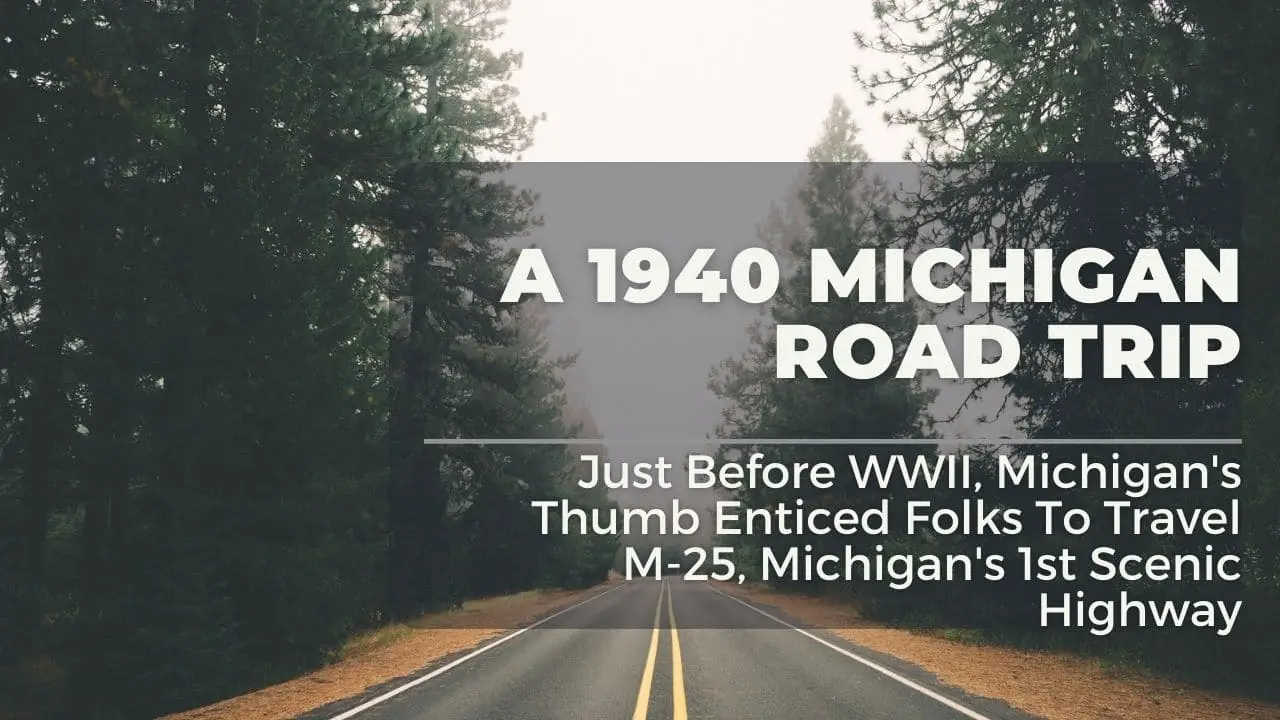

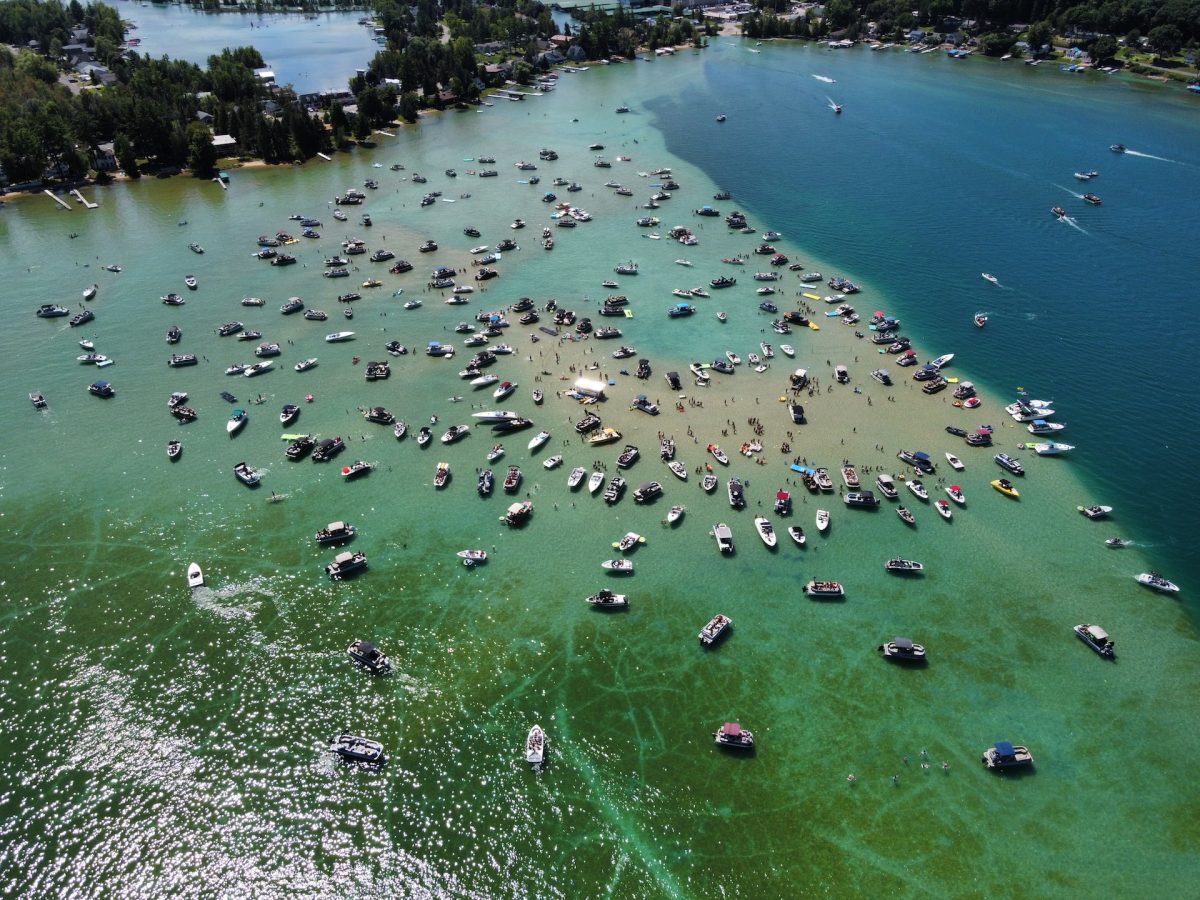
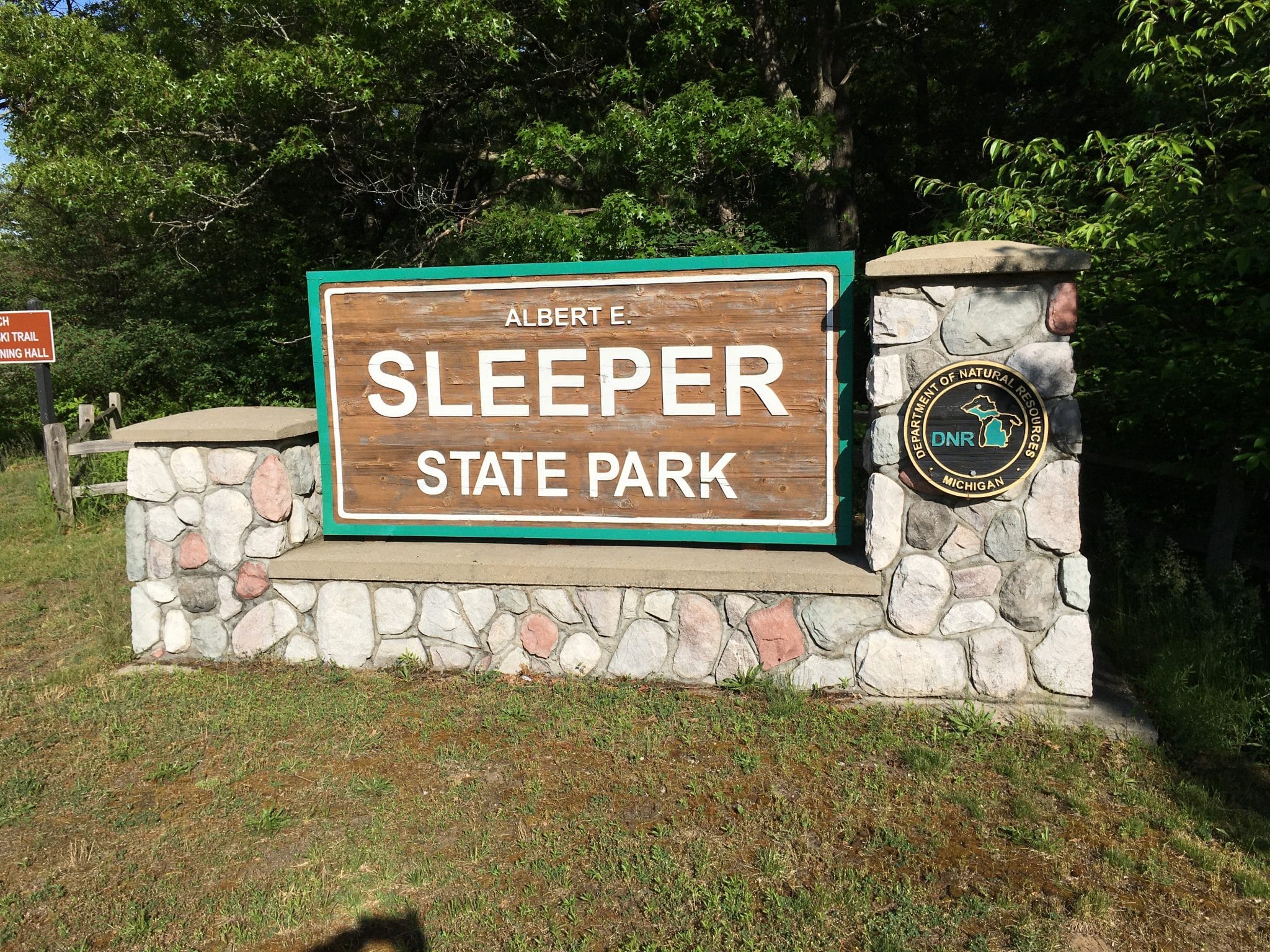
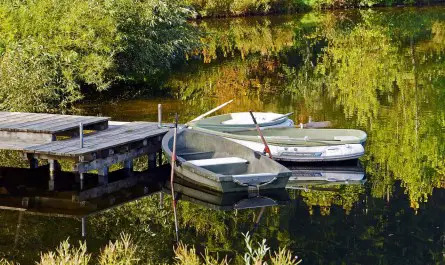
Well written piece permitting a walk down memory lane.
Ahhh…it looks as if the neat image that was posted with it got cut out in the original post. I re-posted with the graphic from 1940.
Amen to this. Some of our most fun moments are when we get lost somewhere. We’ve learned to prepare that that is when something special is going to happen, lol.
Wish my parents were still alive, they use to talk about things of the past…. I can’t remember where for sure but my dads mom taught at some country school over by Port Hope. or perhaps it was my dads gramma. History is only as good as peoples memories that are written down and then after years people wonder if it was written down by the actual person facts or by stories they heard… Like Port Crescent i thought all the lumber burned in the fire of 1881 or i believe later years in the late 1880;s there was another fire… and the lumber mill where the chimney stands they mention in this article was all that was left from the great fire…..again, the old cemetary in Port Crecent is not a historical state site. grandpa is in there and my great grandpa too and family
My folks long time family friend, Leon Bateman, Huron County Road Commisioner in those days, called for the shore drive portion of M-25 between Caseville and Port Austin that provides the impressive view of Saginaw Bay.
It seems that Northwest Michigan gets all the attention with the winerys and M-22’s “tunnel of trees” This post was to point out M-25’s Scenic Highway wae first and are still here. Thanks for stopping by.